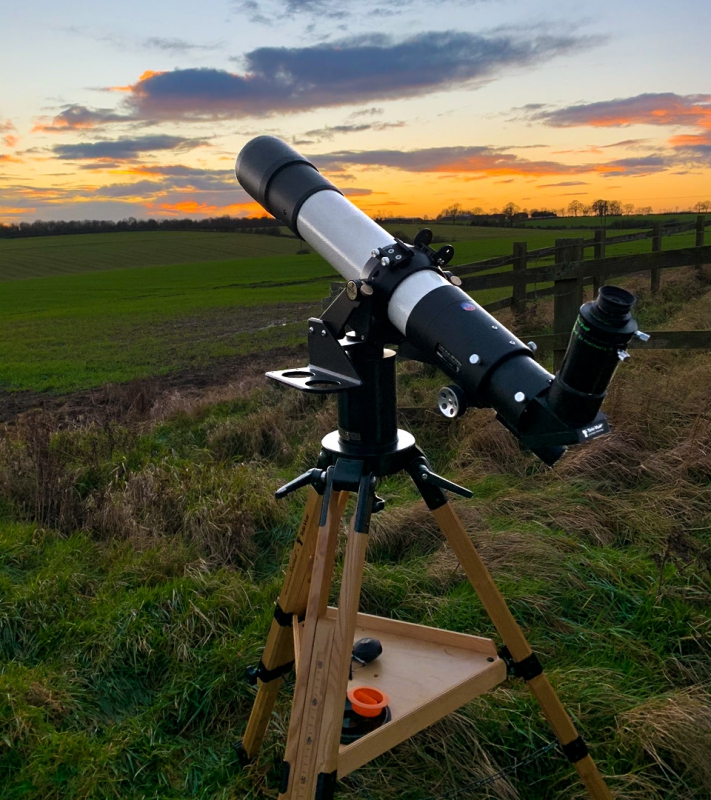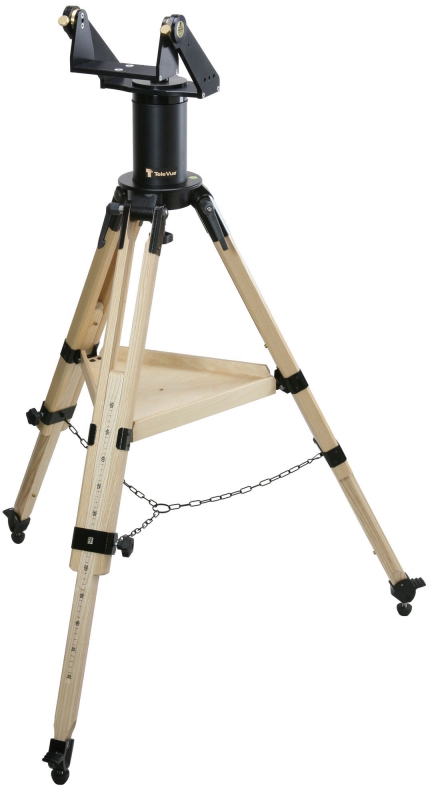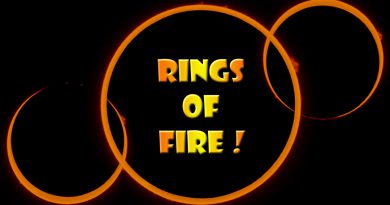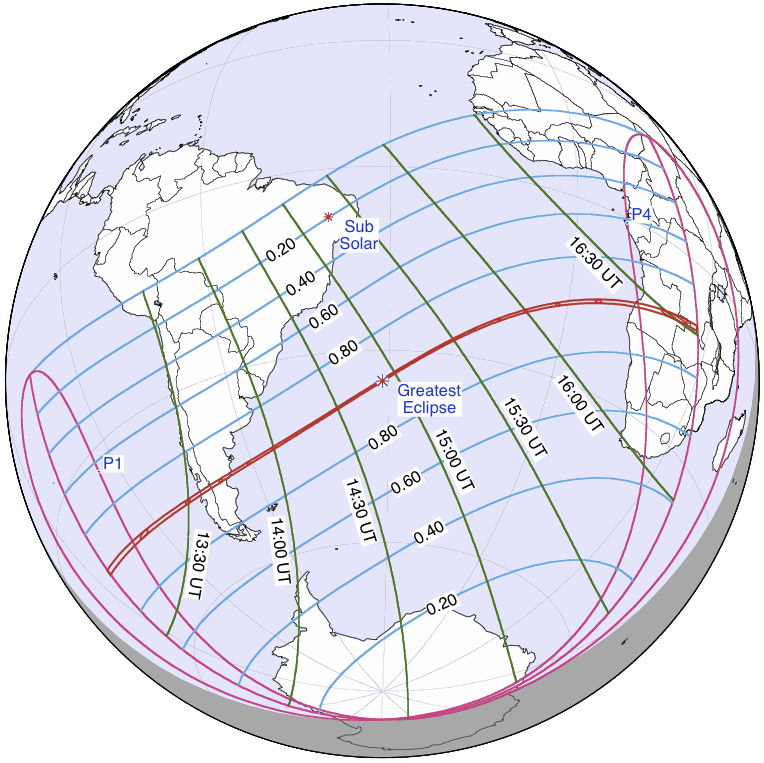This Weekend: Messier Marathon 2021!
By the 1970s amateur astronomers had noticed that all 110 Messier objects (a list of notable objects in the northern skies visible in small scopes) could be observed at low northern latitudes over the course of a night in mid-to-late March. Hence, the phrase “Messier Marathon” was invented to describe the attempt at locating and verifying observance of each object on the list over the course of a single night.

Sheltering in Space
Last year, on March 11, we published our “2020 Messier Marathon!” post on this blog. We noted the best dates to observe based on latitude and lunar phase, and discussed the type of gear to use for the event. We pointed out that the Saguaro Astronomy Club, in Arizona, was one of the oldest organized Marathons and they offered awards in various categories for completing the list. It turned out to be our last blog post during “normal” times that year: COVID-19 social-distancing and lock-down orders, which we had only heard about, suddenly swept through our region. The Saguaro Messier Marathon and many star parties were ultimately canceled that year and it continues into this year.

The Messier Marathon did and will go on again, “run” by solitary observers “sheltering in space.” In fact, due to COVID-19 there may be MORE Marathoners than ever as the hobby of amateur astronomy has taken off during these socially distant times. See this recent report from CBC Canada that features our dealer All-Star Telescope in Alberta: Amateur astronomy lifts off during the pandemic.
Messier Marathon 2021
On SaturNday, March 13th, two astronomical alignments necessary for commencing the Messier Marathon fall into place: the Moon is “New” (near the Sun and not visible in the night sky), and the Sun will be in the Pisces / Aquarius “Messier gap” (not super-close to any M-objects). Note that if the weather is a problem, you can do the Marathon a few days on either side of this date. A limiting factor is your latitude. It will determine how many objects you can locate. The further north your latitude, the greater the effect of contrast killing twilight after sunset and before sunrise. Heading south, the night gets shorter and the far northern objects sink low on the northern horizon. The final considerations are an unobstructed location and equipment for doing wide-field observation (see box below).

Every Tele Vue refractor, from the Tele Vue-60 to the 5″ Tele Vue-NP127is, can give at least a 4° field with our low power eyepieces. This eliminates the need for magnifying finders. Instead, use our unit-power StarBeam (mobile site) with flip-mirror to comfortably aim the scope in the vicinity of the Messier object you are searching for.

The Tele Vue 32mm Plössl and 24mm Panoptic eyepieces allow you to experience the largest true field in 1¼” focusers and the 55mm Plössl and 41mm Panoptic do the same for 2″ focusers. The 31mm Nagler and 21mm Ethos eyepieces can be used to view at higher powers, yielding darker sky backgrounds, but with slightly smaller true fields of view than the Plössl or Panoptic eyepieces mentioned above. Try our Eyepiece Calculator (mobile version) to find the right eyepieces for your telescope.

Since portability and ease-of-use are design goals for all Tele Vue telescopes, we developed alt-azimuth mounts that share these same goals. That makes our manually driven telescope mounts (mobile version) excellent for use during a Messier Marathon.
The Marathon Rules
The event is supposed to be an observing challenge. For a solo run you’ll challenge yourself based on your ability. For a complete beginner, that hasn’t seen all the Messier objects before, it is fine to use a “goto” mount (purest will faint!) to find the targets: Just gaze at the view long enough to ensure you see an object that matches the description in a field guide. (See a description of how Messier objects appear in a typical 10″ Dobsonian on Mark Kilner’s Deep-Sky Log.) Experienced observers will be more challenged to star-hop to the targets using a completely manual setup. Whatever rule you set for yourself, just stick to it for the duration of the evening. In the end all Marathons have the same final rule: have fun!

Final Notes
Even if all 110 objects are not in your grasp, it’s still fun to try to observe as many as possible over the course of the night. Try to beat your score in following years. See our prior year blog posts (links below) on what order to view the objects (very important!), recommended instruments, and more history on Messier and his catalog of objects.
- For the 2018 Marathon, we discussed the origin of Messier’s catalog in our March 17th: Let the Messier Marathon Begin! blog post.
- For details on the “Messier gap” see our Post, Of the Moon and Messier Marathon, from the 2019 Marathon.
- For details on the best observing window by latitude, see our 2020 blog post 2020 Messier Marathon!
- The SEDS.org website has some Messier Marathon Tips on accomplishing a successful “run”.
- All Arizona Messier Marathon check-off sheet with objects in observation order.
- Tele Vue telescopes on our website, Why Choose Tele Vue Scopes article (mobile version)
- Tele Vue eyepieces on our website, Why Choose Tele Vue Eyepieces article (mobile version)
- Tele Vue mounts on our website (mobile version)





